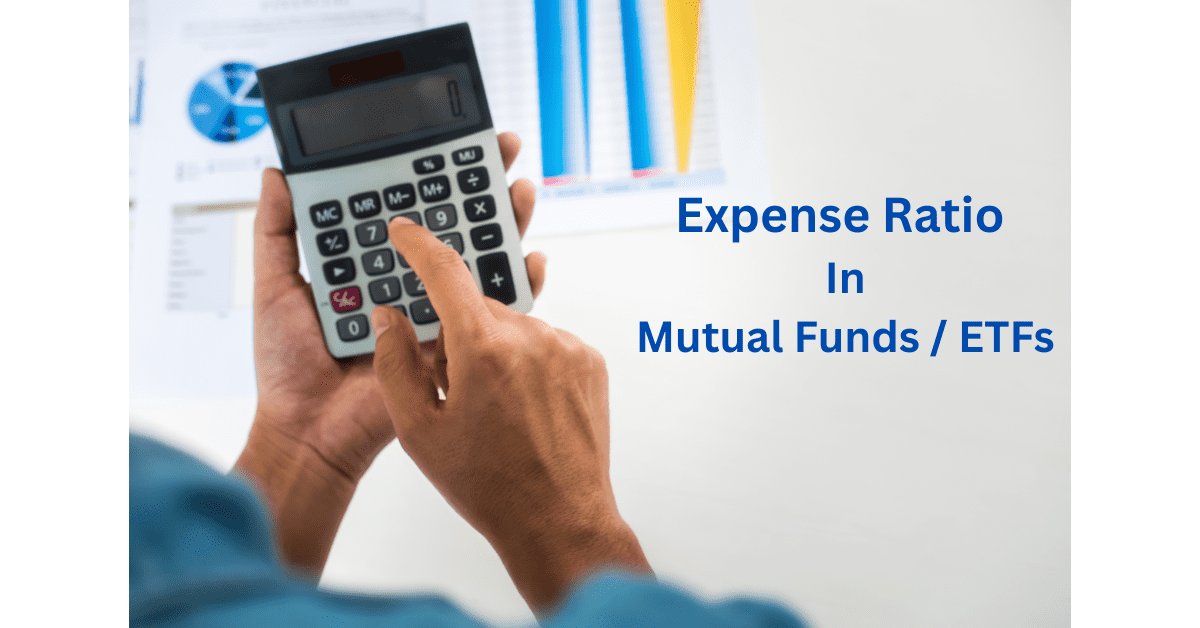What is an Expense Ratio in Mutual Funds and ETFs (Exchange Traded Funds)? | How does the Expense Ratio work?
Expense Ratio is also known as the “Gross Expense Ratio”. It is the annual cost of investing which is subjected to the size of the fund, duration and exit/maturity, generally larger fund base has lower expense ratio. It includes the portfolio management and administration fees, advertisement & marketing costs, distribution cost and other operating costs of the fund. Usually, all the AMCs and fund houses clearly mention the expense ratio with the particular mutual fund scheme on their official website and prospectus of the scheme.









